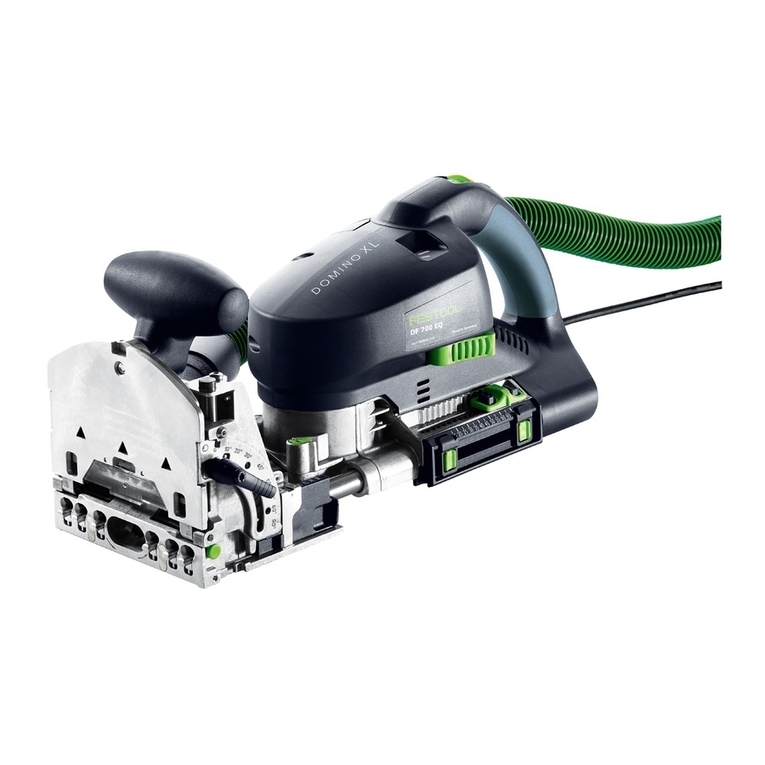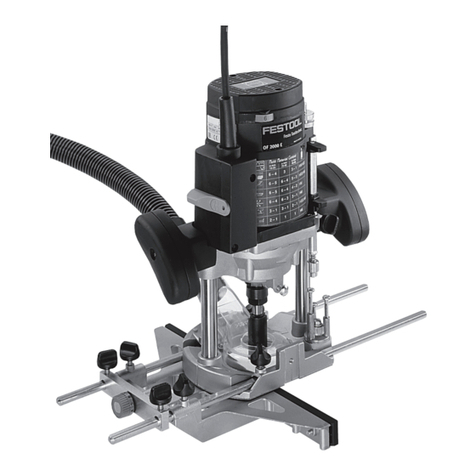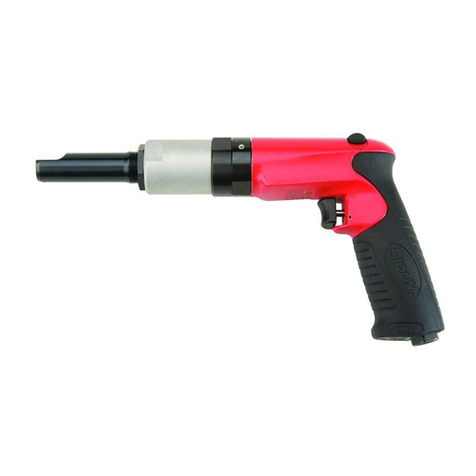Festool UCL Domino Jointer User manual
Other Festool Power Tools manuals
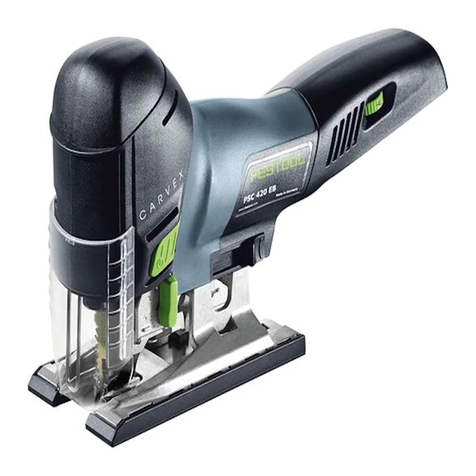
Festool
Festool Carvex SC 420 EB User manual

Festool
Festool ES 125 Q User manual

Festool
Festool Trion PS-300Q User manual

Festool
Festool ETS EC 150/3 A EQ Installation instructions
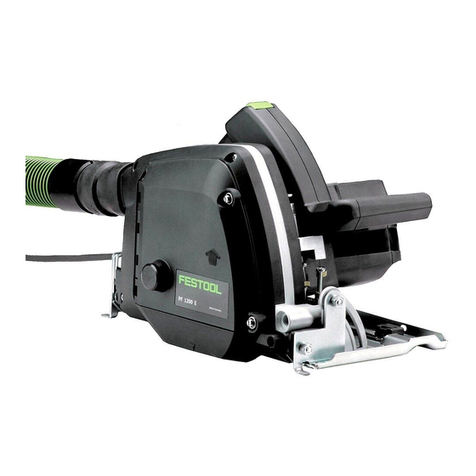
Festool
Festool PF 1200 E Alucobond User manual
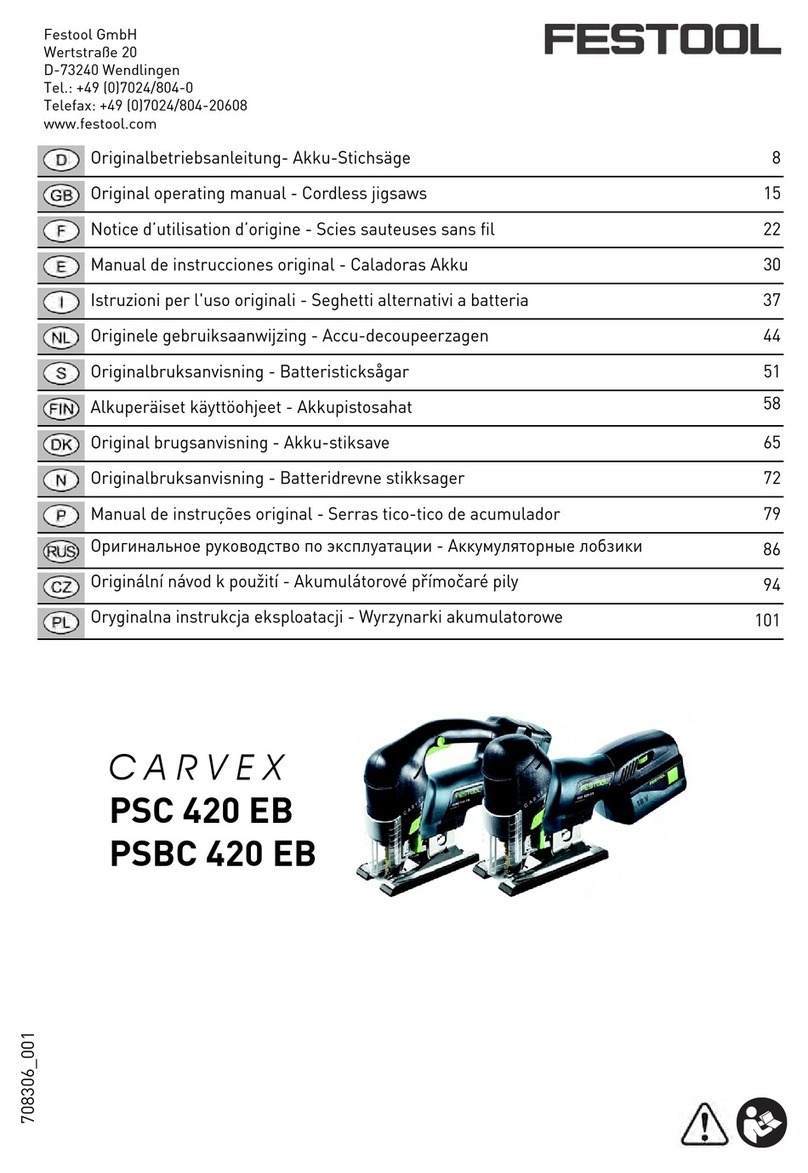
Festool
Festool PSC 420 EB Installation instructions
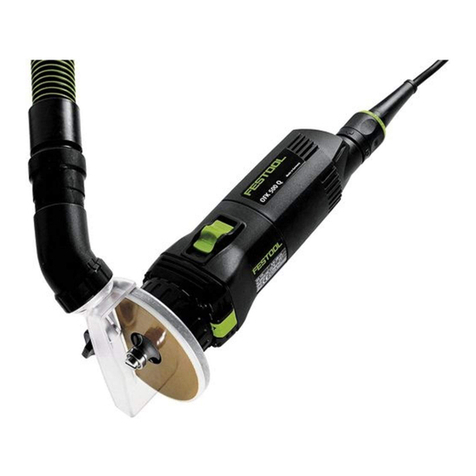
Festool
Festool OFK 500 Q User manual
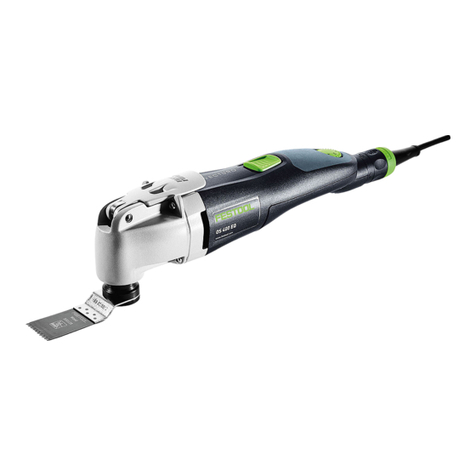
Festool
Festool VECTURO OS 400 EQ Owner's manual
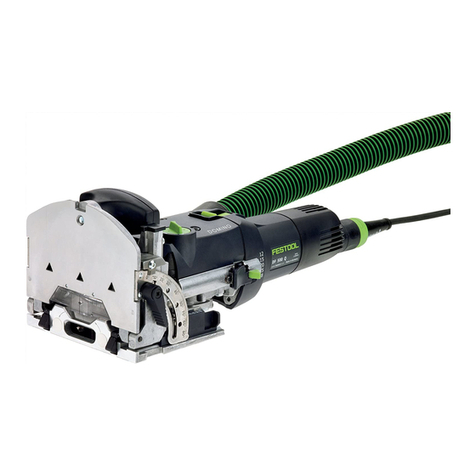
Festool
Festool Domino DF 500 Q Installation instructions

Festool
Festool OF 1400 EQ User manual

Festool
Festool Carvex PS 420 EBQ User manual
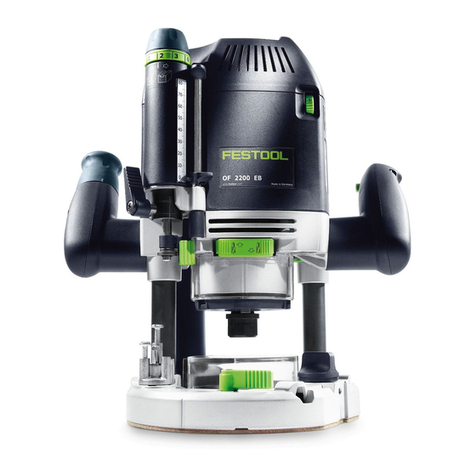
Festool
Festool OF 2200 EB Owner's manual
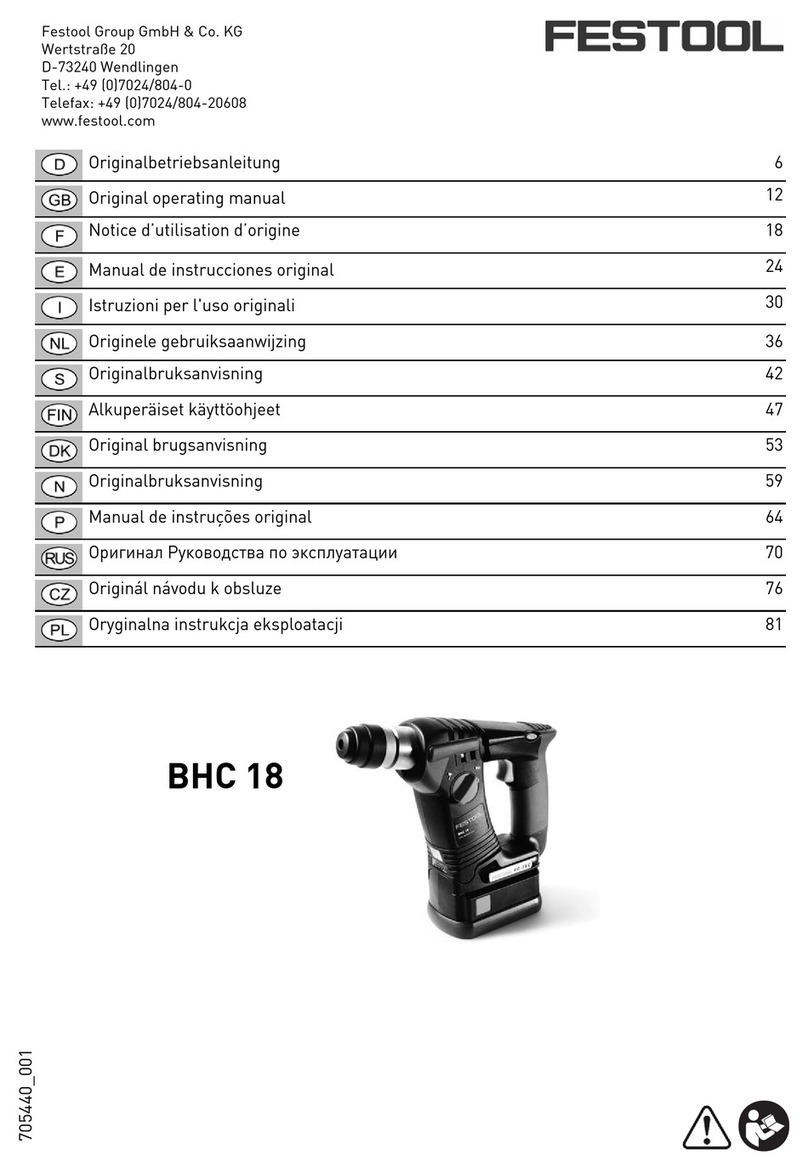
Festool
Festool BHC 18 Installation instructions
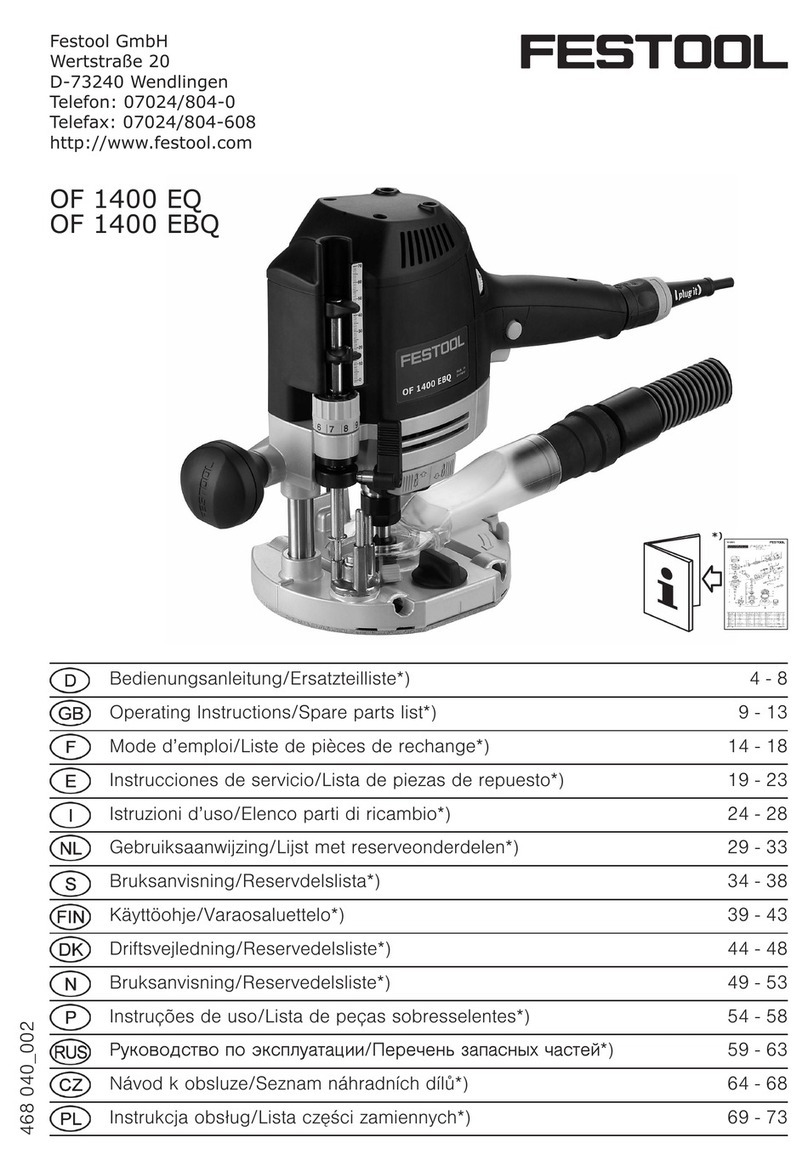
Festool
Festool OF 1400 EQ User manual
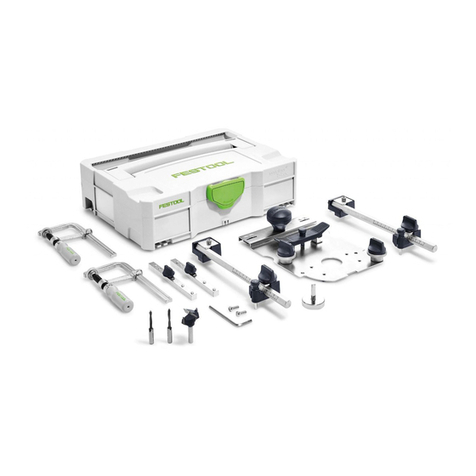
Festool
Festool LR 32-SYS User manual
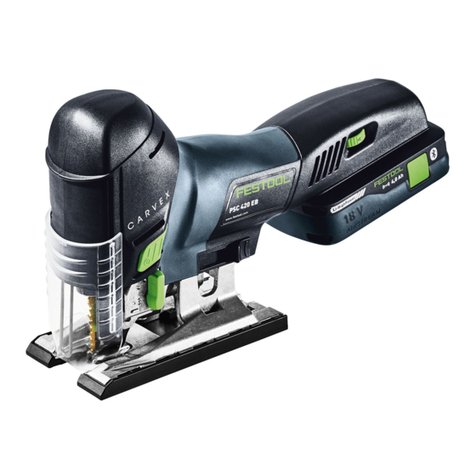
Festool
Festool PSC 420 EB User manual

Festool
Festool Trion PS-300Q User manual
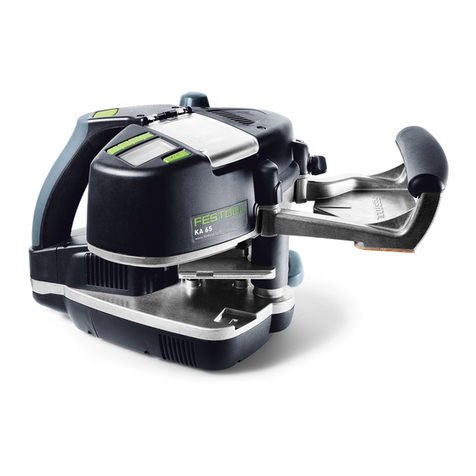
Festool
Festool KA 65 User manual

Festool
Festool Trion PS 300 EQ User manual
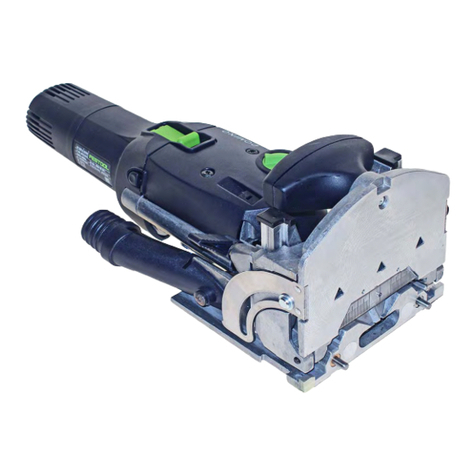
Festool
Festool Domino DF 500 User manual

